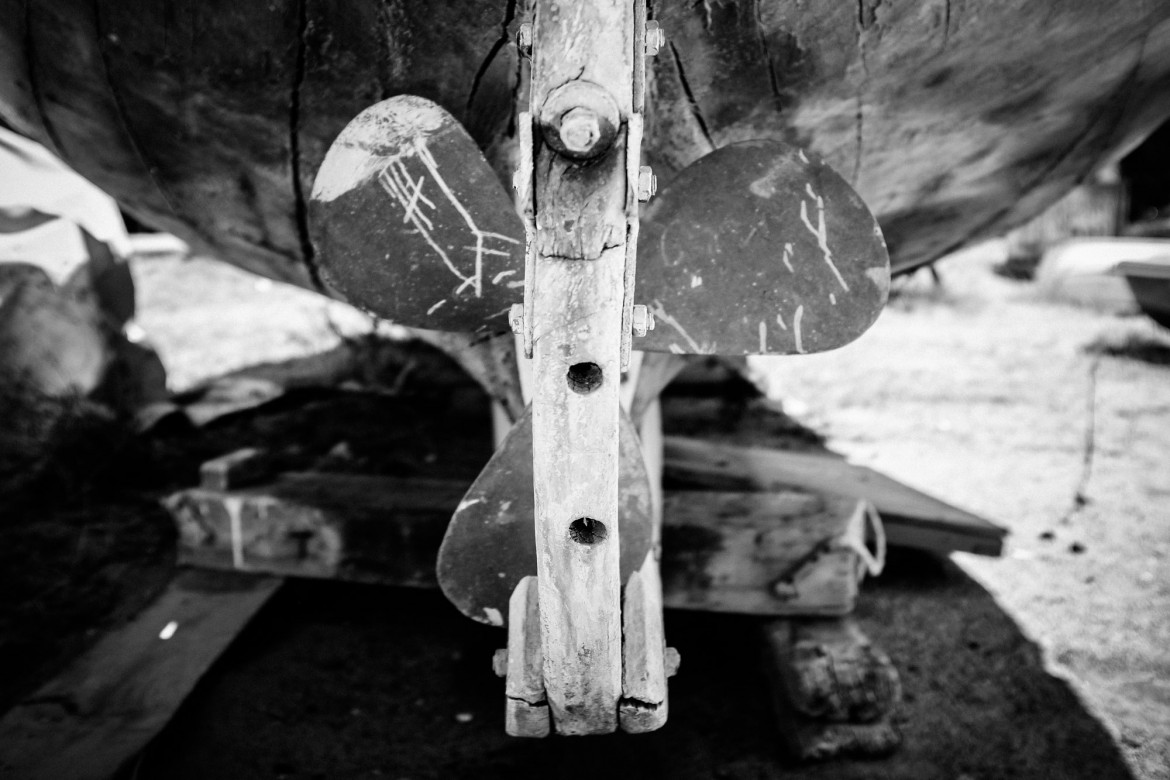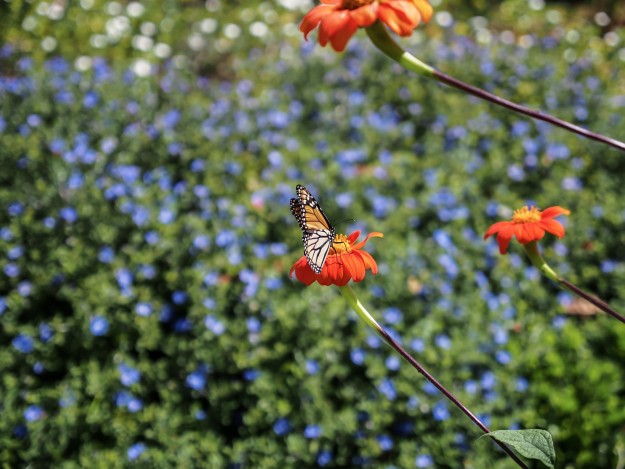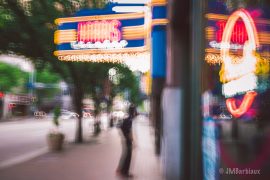I’ve found that much of photography is open to interpretation, like any art form, one style bleeds into another style and could be classified as yet another. The style of your photography, much to some photographers dismay, is not wholly decided by the photographer alone but more so by an agreement between the photographer and the viewer. The term Fine Art gets thrown around fairly frequently when discussing photography but what actually classifies a photograph as fine art?
Fine art photography is photography created in accordance with the vision of the artist as photographer. Fine art photography stands in contrast to representational photography, such as photojournalism, which provides a documentary visual account of specific subjects and events, literally re-presenting objective reality rather than the subjective intent of the photographer; and commercial photography, the primary focus of which is to advertise products or services.
Wikipedia
The World English Dictionary defines Fine Art as:
…art produced chiefly for its aesthetic value, as opposed to applied art.
What do you think of when someone says fine art photography? Black and white images with a heavy dose of vignetting? Sure. What about abstract images? Those too. Fine art covers a broad spectrum of photography and it’s actually easier describing what isn’t fine art but the article wasn’t called “What isn’t Fine Art Photography” was it. Here are some things that most fine art photography has in common.
Emotion
Good photography tells a story, great photography lets you live the story. Fine art photography has the ability to stir up emotions like inspiration, sadness, and joy as well as feelings of comfort, distance, and empathy. It often has the ability to pull you into the moment it captured as if you’ve been whisked away in the DeLorean from Back to the Future.
Deliberation
Fine art isn’t typically the shoot from the hip type of photography, a lot of time and consideration goes into each shot. Things like lighting, angle, and timing are calculated far in advance of ever placing the camera on the tripod head. If something is out of focus it was deliberate, it was calculated, and it was probably practiced many times before the final result was acceptable to the artist/photographer.
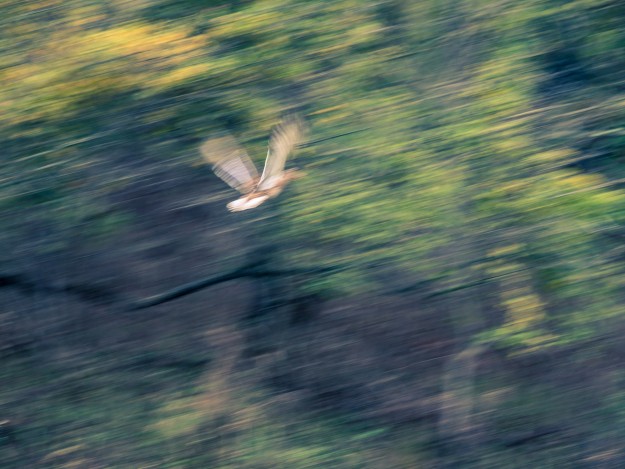 ICM is a form of fine art, it stands for Intentional Camera Movement.
ICM is a form of fine art, it stands for Intentional Camera Movement.
Creativity
Shooting fine art photography is your ticket to doing whatever the heck you want in composition and post processing. Throw the rule of thirds out the window if you’d like. Spit in the face of leading lines. Slap the reflection out of reflections. You’ve got full creative freedom to express yourself in your art. Fine art photography can be done in your kitchen, bedroom, living room, attic, but not your bathroom… never in your bathroom (I’m joking, that was a test… You do what you want, remember?).
Meticulous
Photographers that find themselves unanimously classified as fine art photographers tend to be meticulous. Meticulous, precise, methodical, it doesn’t matter how you say it… these guys (and girls) are scrupulous when it comes to their fine art photography. Fine art is deliberate in that the photographer will decide whether the image will be intentionally blurred (like the ICM example above) or not… There is no in between, you can either take sharp as a tack images or you intentionally blur them. Images that were meant to be sharp but have camera shake in them fall short of fine art classifications.
Conclusion
Anyone can take fine art photography, there is a pretty good chance you’ve already taken some and just didn’t know it. Pull up your photography library and look for photographs that have the traits I talked about above, remember that you can take some liberties in post processing unlike you would when documenting a scene (for instance, I would never use vignetting on anything other than “fine art”.
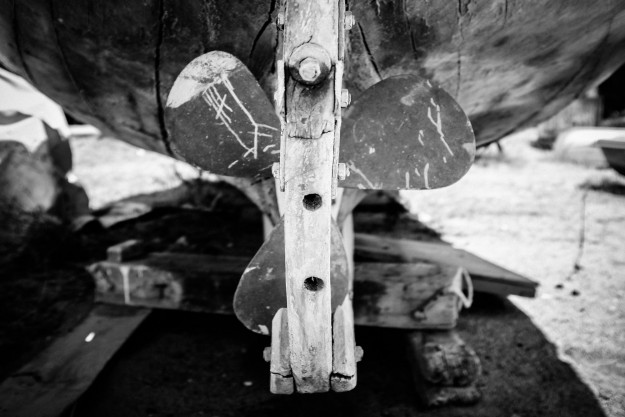 A photograph converted to black and white with the addition of vignetting is perfectly acceptable though I prefer this image in color but to each their own.
A photograph converted to black and white with the addition of vignetting is perfectly acceptable though I prefer this image in color but to each their own.
Have you got a photograph worthy of being called fine art? Feel free to submit it or them to the Photo Journal by heading over to the Submit An Article page.

